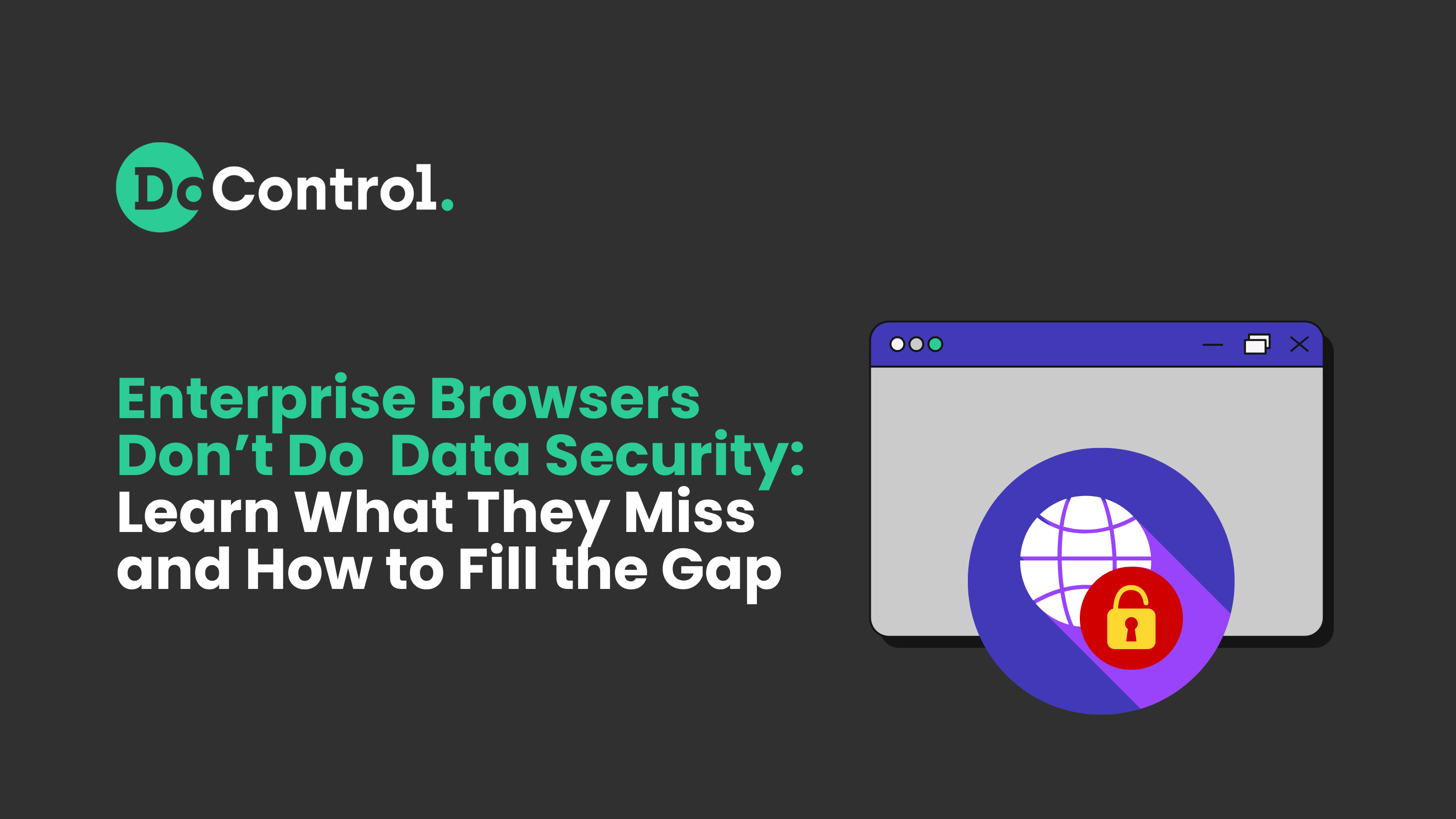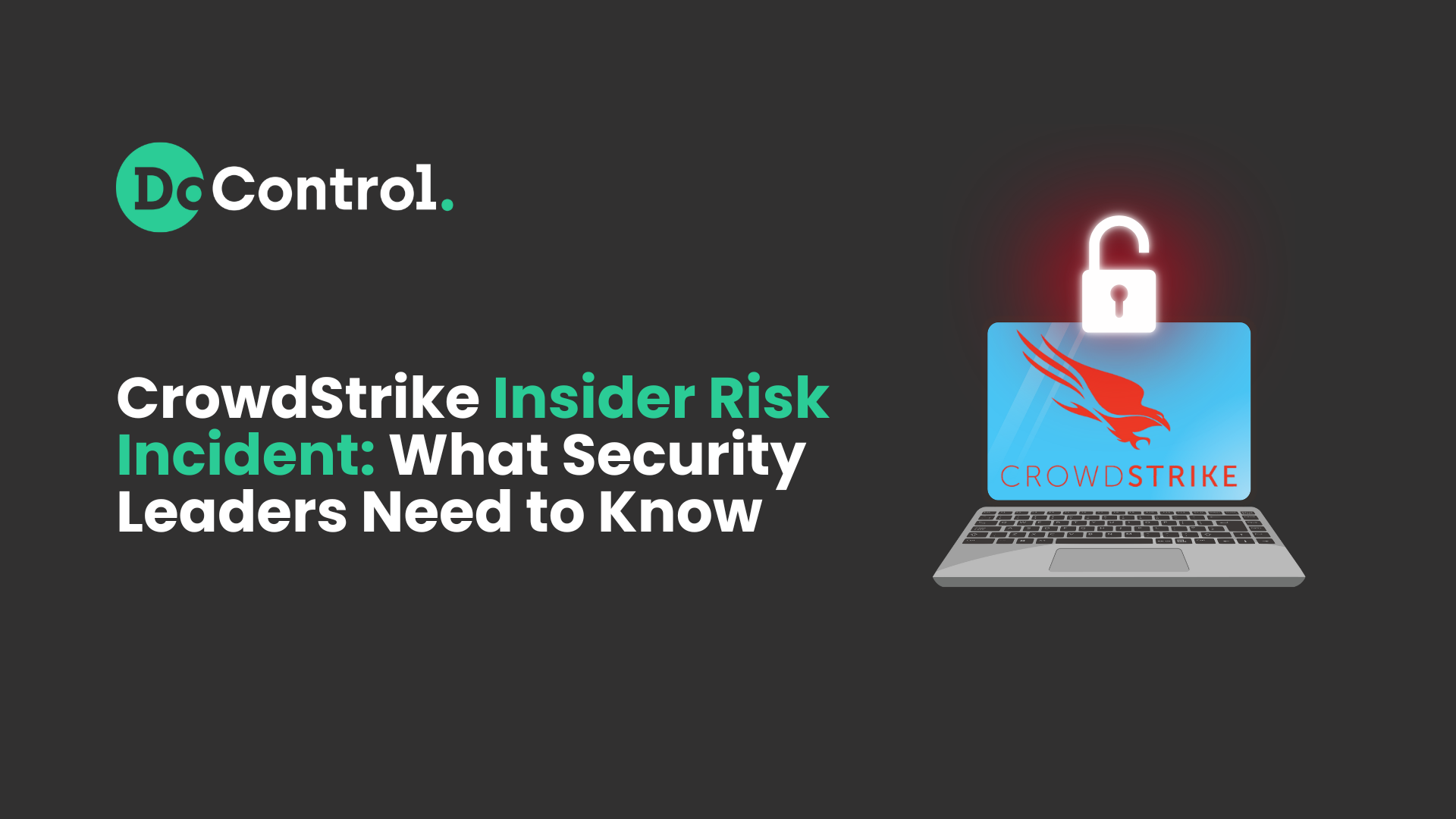
The modern SaaS attack surface is wildly complex. SaaS has fundamentally changed the way organizations operate. Where once collaboration was bounded by internal networks and on-prem apps, today it lives in the cloud – scattered across Google Workspace, Slack, Microsoft 365, Box, and dozens of other platforms.
These tools are incredible for speed and collaboration. But they weren’t designed with centralized, enforceable access control in mind. And that’s a problem.
What makes SaaS such a powerful business enabler ( its accessibility and ease of integration) is also what makes it risky. Data is constantly being created, accessed, modified, and shared – often by people and systems that security teams don’t know about. Consider:
- An employee shares a sensitive customer file externally and never revokes access (why would they remember to manually do this?)
- A third-party app gains OAuth access to Google Drive data and goes unmonitored (how would a security manager know about what an employee was integrating into their laptop when everyone works from home?)
- A file shared “just for a meeting” with a contractor lives on indefinitely, accessible by anyone with the link (again – who remembers to unshare a document after a meeting?)
Security and IT teams have little visibility into these types of sprawl, let alone the control to remediate it. Native admin tools only go so far, and manually policing access across hundreds of SaaS apps isn’t scalable.
What Are Granular Access Controls?
Granular access controls are a security measure that allows for fine-grained control over who can access specific resources within a system. It’s the ability to define who can access what, in what context, and for how long – with precision.
Unlike broad, general controls that apply blanket rules, granular controls allow you to tailor policies down to the level of:
- Individual users or roles (ex: third-party contractors vs. full-time employees)
- Specific files or folders (ex: files containing PII, documents with SSN or credit card info)
- App integrations and OAuth scopes (ex: only allowing access to metadata, not full file contents)
Behavioral and contextual signals (ex: unusual login activity, IP location, mass sharing spikes, burst file downloads) - Time (ex: revoke access after 7 days, or upon offboarding)
Think of it as fine-grained governance over every SaaS interaction, not just a toggle between “access” and “no access.”
Why does this matter?
Because modern SaaS environments are messy. With thousands of files, users, and apps in play at any given time, it’s no longer enough to rely on binary permissions or static role-based models. You need controls that understand who, what, when, and why – and enforce policies accordingly.
Granular access controls make that possible. They give security teams the power to protect data without blocking productivity – and to automate enforcement at the scale SaaS demands.
Why Granular Access Controls Are Non-Negotiable in SaaS
Lets dive into the top 2 reasons why granular access controls are a new necessity for modern SaaS environments:
1. Rigid rules break workflows and block business productivity.
With hundreds of users, thousands of files, and dozens of apps, it’s impossible to protect everything with one-size-fits-all controls. You need precision. You need automation. You need to protect it ALL at the same time.
Traditional DLP and legacy security tools tend to be black and white. They either block or allow sharing with no nuance in between. That’s not workable in a modern, collaborative workplace where agility is a competitive advantage and people need to get on with their tasks in an efficient way.
2. Context is everything, and we mean everything!
Not every share, action, or integration is inherently risky. A junior marketing employee sharing a document externally might look suspicious if you’re evaluating the action in isolation. But what if that employee was just promoted, had taken on new responsibilities, and was sharing a contract with a third-party vendor they’d recently onboarded? Suddenly, what seemed risky becomes a justified and expected part of their job.
This is why context matters. By leveraging contextual signals – like user identity, behavior, role, department, admin privileges, and more – you can enforce the right policies at the right time, for the right people. That’s exactly where granular access control shines.
Granular Access Controls for Data Access Governance
Like we keep saying, broad, blanket policies don’t work in a world where every employee, contractor, app, and workflow is unique. Security leaders need a more precise toolset – one that recognizes nuance and context.
At its core, granular access control means enforcing policies based on:
- Who is accessing the data
- What they’re accessing
- How they’re accessing it
- When and why the access occurs
This is a huge leap from the overly coarse options offered by most native SaaS tools – where you can typically toggle “anyone with the link,” “domain-only,” or “private,” with little in between.
At DoControl, our model gives customers the power to implement access policies that are:
- Contextual: Based on aggregated context we pull from HRIS and IdP systems that gather info from user behavior, role specifics, department nuances, activity monitoring, behavioral anomalies, contextual risk scoring, + more.
- Automated: Enforced through customizable workflows that set tailored policies and engage security teams when they need to. Simple, easy no-code workflows and playbooks – not manual, overly complicated ticket queues!
- Dynamic: Continuously adjusted policies based on new signals, new spikes in employee behavior, or new anomalies in data creation, modification, or sharing.
- Granular: Applied at the file, user, app, or integration level to ensure maximum security for every nuance that happens in the SaaS environment.
This kind of control isn’t just about basic security hygiene, it's about enabling organizations to use SaaS freely, without putting sensitive data at risk.
How DoControl Implements Granular Access Controls
Granular access control isn’t just a feature in DoControl, it’s the backbone of how we help organizations scale secure SaaS usage without grinding productivity to a halt.
Our platform enables security teams to define and enforce precision policies while ensuring business workflows aren’t disrupted. Here’s how we do it:
1. Leveraging Contextual Risk
DoControl doesn’t treat all identities the same. Our platform leverages contextual risk scoring to tailor access controls based on behavioral and identity signals – like admin status, department, IP location, sharing activity, or access history.
Example:
If a contractor attempts to download hundreds of files outside of their normal business hours, DoControl will flag the behavior, suspend the session, and initiate automated remediation – all in real time.
Outcome:
Access decisions become dynamic and risk-informed, not static policies applied in a vacuum.
2. By Third-Party App and OAuth Integration
Third-party apps often introduce risk that flies under the radar. DoControl makes these integrations visible and governable, with policy-based enforcement that extends beyond native SaaS controls.
Example:
When a user connects a third-party AI tool to their Google Drive, DoControl checks the scope of access and automatically revokes high-risk OAuth permissions unless the app has been approved.
Outcome:
Shadow apps and shadow AI applications are surfaced and contained without slowing down teams who rely on modern tools.
3. By File Sharing Behavior and Access Lifespan
We go beyond visibility into file sharing – we give you control over how, when, and for how long access is granted. DoControl lets you automate link expiration, set time-bound access, and engage users when access is no longer appropriate.
Example:
A shared document auto-expires after 30 days , then the owner, manager, or security officer can re-confirm if it still needs to be shared or not.
Outcome:
SaaS collaboration stays fast, and the long tail of risk gets cut off automatically. Nothing is shared when it doesn't need to be.
The DoControl Difference: Granular Access Controls That Power Remediation at Scale
Granular access controls are only valuable if they can drive action. Most SaaS platforms stop short – they offer basic visibility and limited admin toggles, but remediation is left entirely manual.
DoControl closes that loop.
We turn granular policy definitions into real-time, automated remediation that scales across your SaaS environment, without dragging security teams into endless file-by-file cleanup.
Our workflows are powered by granular policies, allowing you to take automated action based on:
- Specific users, roles, or departments
- File types or sensitivity levels
- Identity risk scores or behavioral anomalies
- App scopes and integration risk
- Lifecycle events like offboarding or org changes
Some examples of remediation actions triggered by granular access logic are:
- Revoke external or public sharing links based on file sensitivity and user role
- Remove unauthorized collaborators added outside of policy parameters
- Reassign ownership when a departing employee owns business-critical files
- Revoke third-party OAuth tokens with high-risk scopes or unused access
- Suspend sessions when anomalous activity is detected from a specific identity
These workflows run continuously and automatically, helping teams respond to risk without being buried in manual investigation and follow-up.
End-User Engagement, Backed by Contextual Controls
Security is most effective when it’s collaborative. DoControl doesn’t just automate enforcement – we engage end users intelligently and contextually.
Our granular policies allow workflows that:
- Notify users in Slack or email when they violate a sharing policy – based on their role, the file type, or recipient domain – and allow self-remediation.
- Route approval requests to a user’s manager, IT, or security for one-time exceptions, all tracked and governed.

Time-Bound Sharing: Granular Policies That Expire Risk by Default
One of the most pervasive risks in SaaS environments is uncontrolled, long-term external access – especially in tools like Google Drive, where shares often outlive their original intent.
With DoControl, you can build granular, time-based access policies that prevent this by design:
- Auto-expire links after a set duration (e.g. 7, 30, 60, 90 days)
- Re-engage file owners in Slack or email to confirm if sharing is still required – and automatically revoke if not
Instead of relying on manual review or someone "remembering" to clean up access, you bake risk expiration into the workflow, reducing exposure without adding operational drag.

Conclusion: SaaS Security Without Tradeoffs
The SaaS explosion isn’t slowing down – and neither are the risks. But locking everything down isn’t an option. You need granularity, accuracy, and visibility. Teams need to move fast, collaborate freely, and adopt the best tools available.
DoControl makes it possible to do that securely.
Granular access controls give security teams the power to enforce policies with nuance and context – so that every user, every app, and every file is governed appropriately. Combined with automated workflows and intelligent remediation, these controls scale with your business, not against it.
You shouldn’t have to choose between productivity and protection. With DoControl, you don’t have to.
{{cta-1}}



